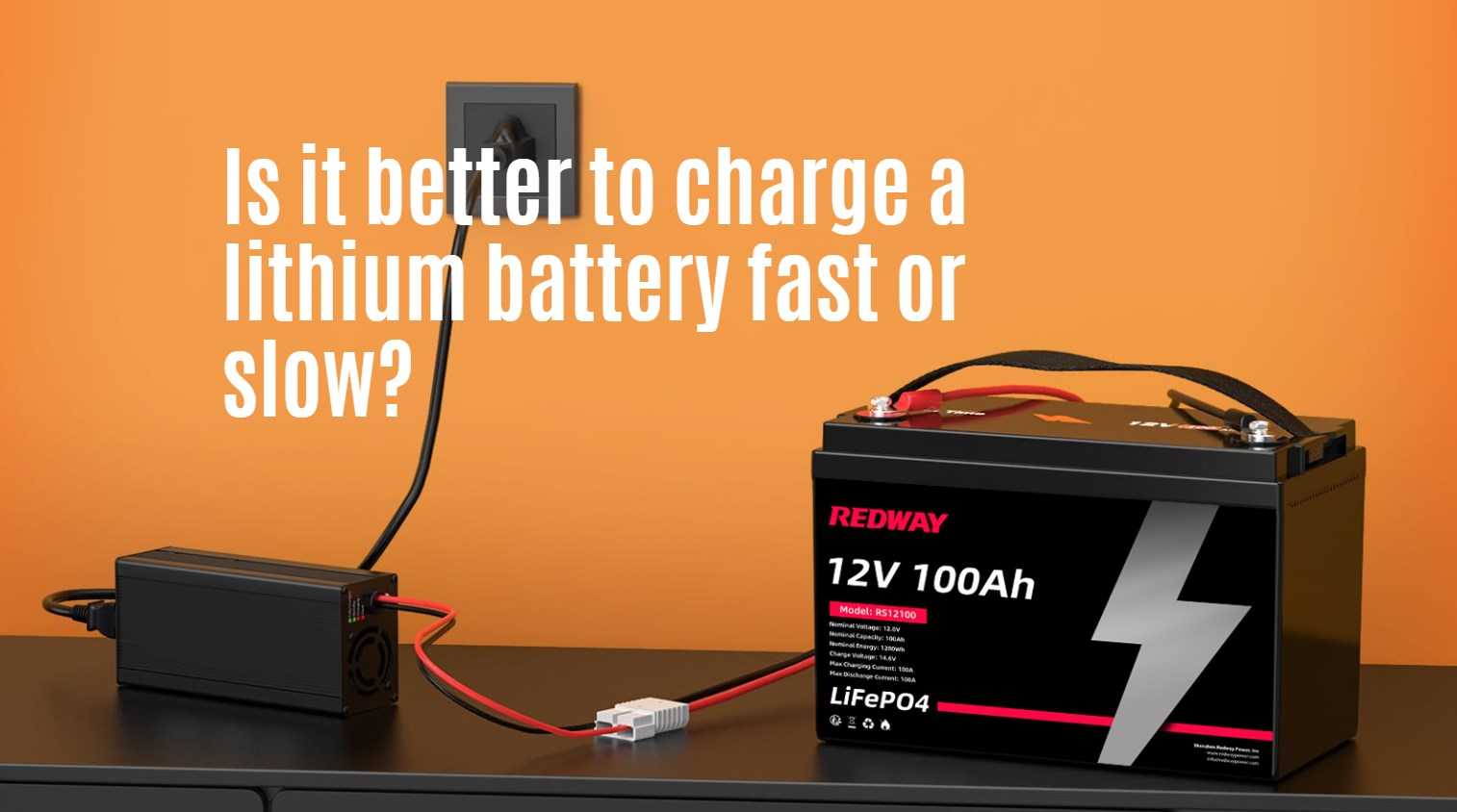When it comes to charging lithium batteries, the method you choose—fast or slow—can significantly impact battery performance, lifespan, and safety. Understanding the pros and cons of each charging method is essential for making informed decisions about battery management.
Fast Charging: Advantages and Disadvantages
Advantages
- Time Efficiency: Fast charging can replenish a lithium battery from 0% to a significant charge in a matter of minutes. This is particularly beneficial for users who need quick power boosts.
- Convenience: Ideal for situations where time is of the essence, such as during short breaks or emergencies.
- Opportunity Charging: Many lithium batteries are designed for opportunity charging, allowing users to plug them in whenever they are not in use, which can save time and reduce downtime.
Disadvantages
- Heat Generation: Fast charging generates more heat compared to slow charging, which can lead to overheating and stress on the battery cells. Over time, this can degrade battery health and capacity.
- Potential for Degradation: Regular fast charging can result in faster degradation of the battery, reducing its overall lifespan.
- Safety Concerns: Fast charging requires advanced safety features to manage heat and voltage fluctuations effectively. If these systems fail, it could pose safety risks.
Slow Charging: Advantages and Disadvantages
Advantages
- Battery Longevity: Slow charging is gentler on the battery, minimizing heat generation and stress. This method is often recommended for maintaining battery health over time.
- Safer Operation: The controlled nature of slow charging reduces the risk of overheating and other safety concerns associated with fast charging.
- Ideal for Older Batteries: For older or degraded lithium batteries, slow charging provides a more forgiving approach that can help maintain performance.
Disadvantages
- Longer Charging Times: Slow charging takes significantly longer than fast charging, which may not be suitable for users needing quick recharges.
- Incompatibility with Some Devices: Not all devices support slow charging; some may require faster methods for optimal performance.
Comparison Table
| Feature | Fast Charging | Slow Charging |
|---|---|---|
| Charging Time | Minutes to hours | Several hours |
| Heat Generation | Higher | Lower |
| Battery Life | Potentially shorter | Typically longer |
| Safety | Requires advanced features | Generally safer |
| Convenience | Very convenient | Less convenient |
Best Practices for Charging Lithium Batteries
- Follow Manufacturer Guidelines: Always refer to the manufacturer’s specifications regarding optimal charging methods and rates.
- Monitor Temperature: Keep an eye on battery temperature during charging; excessive heat can indicate potential issues.
- Use Compatible Chargers: Ensure that your charger is designed for your specific type of lithium battery to prevent damage.
Latest Trends in Charging Technology
- Smart Charging Solutions: New technologies are emerging that allow chargers to communicate with batteries, optimizing charge rates based on real-time data.
- Sustainability Focus: Manufacturers are increasingly adopting eco-friendly practices in both production and disposal of lithium batteries.
Redway Expert Comment
“As experts in lithium LiFePO4 technology, we emphasize that while fast charging offers convenience, it can lead to faster degradation if used regularly. Slow charging is generally better for long-term battery health but may not be practical for everyone. Users should assess their specific needs and balance convenience with battery care.”
Conclusion
In summary, whether it’s better to charge a lithium battery fast or slow depends on your specific needs and circumstances. Fast charging provides quick replenishment but may compromise long-term health, while slow charging enhances lifespan but requires patience. By understanding these trade-offs, you can make informed choices that align with your usage patterns and priorities.




